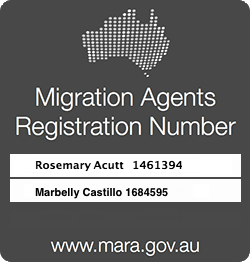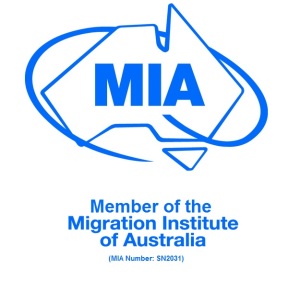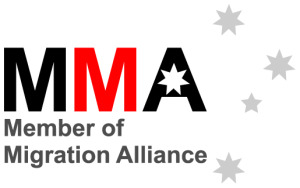The Australian Government has confirmed that planning levels for Parent visas will remain fixed at 8,500 places for the 2025–26 program year. This decision continues the allocation set over the past two years and means that families hoping to reunite in Australia through the Parent Visa Program will continue to face significant delays.
The Parent Migration Program has two main visa categories:
- Contributory Parent visas
- Non-contributory Parent visas
Unfortunately, both categories experience some of the longest processing times of any Australian visa stream.
Understanding the Planning Levels
Demand for Parent visas significantly exceeds the number of places available each year. As a result, applicants are placed in a queue and must often wait many years for their visa to be granted.
- Before COVID-19:
- Contributory Parent visa applicants waited an average of 5–6 years.
- Non-contributory Parent visa applicants faced waits of 20+ years.
- During COVID-19:
- Planning levels were reduced to 4,500 places per year (half the usual allocation).
- Lodgements increased, adding further pressure to the pipeline.
This combination of factors has disrupted processing and has extended wait times for both pre- and post-pandemic applicants.
At present, the Department of Home Affairs advises the following indicative processing times:
- Contributory Parent visas: approximately 15 years
- Non-contributory Parent visas: approximately 33 years
Estimated Wait Times and Contributing Factors
Accurately forecasting wait times is challenging. Several factors can affect when an application is processed, including:
- changes to planning levels
- Government priorities (for example, cases remitted from the Tribunal or applications given humanitarian priority, such as those from Ukraine in 2022, will use up places allocated for the program year, resulting in remaining applications waiting longer)
- Applicants converting from non-contributory to contributory visas, while retaining their original queue date
- Applicants withdrawing and re-lodging under a different category due to the growing backlog
As only a set number of visas can be granted each year, any prioritisation of certain cases inevitably lengthens wait times for others already in the queue.
Currently, the Federal Government is processing Contributory Parent visa applications lodged up to May 2018. Based on the number of applications currently on hand and existing planning levels, existing applicants could expect processing times within the indicative ranges outlined below:
| Date of Lodgement | Estimated Processing Time |
| June 2018 | July 2026 |
| December 2018 | February 2027 |
| January 2019 | March 2027 |
| June 2019 | November 2027 |
| December 2019 | June 2028 |
| January 2020 | August 2028 |
| June 2020 | February 2029 |
| December 2020 | October 2029 |
| January 2021 | November 2029 |
| June 2021 | July 2030 |
| December 2021 | May 2031 |
| January 2022 | July 2031 |
| June 2022 | April 2032 |
| December 2022 | April 2033 |
| January 2023 | June 2033 |
| June 2023 | November 2034 |
| December 2023 | November 2035 |
| January 2024 | January 2036 |
| June 2024 | January 2037 |
| December 2024 | November 2037 |
| January 2025 | January 2038 |
| June 2025 | August 2038 |
Please note the above are estimates only and are based on a number of assumptions, for example that migration planning levels will remain stable at 8,500 cases per year, but the speed of processing will vary from month to month, so this is an approximate timeline.
This date also assumes that 10% of visa applications each year will be refused, withdrawn, or will not make it to visa grant for another reason – e.g. the death of the visa applicant.
It also assumes that queue dates will be issued in chronological order, however as noted above, sometimes due to certain factors some applications may be prioritised over others.
Temporary Visa Options
Given the substantial wait times for Contributory and Non-Contributory Parent visas, families should consider temporary alternatives to spend time together in Australia whilst their applications are processing. Options include:
1. Temporary Visitor Visas: These visas allow parents to visit Australia for short stays, typically up to one year.
2. Temporary Sponsored Parent Visas: This visa facilitates stays ranging from 3 to 5 years and renewable up to 10 years, providing a longer-term solution for parents waiting for permanent residency.
While these temporary visas do not offer a pathway to permanent residency, they can be a practical way for families to maintain close ties and make lasting memories while waiting for permanent visas to process.
Conclusion
The 2025-26 program year offers little relief for those hoping for a reduction in wait times for Parent visas. The continued low allocation and the backlog mean that families will need to remain patient. Exploring temporary visa options can provide a valuable opportunity for parents and children to be together in the interim.
If you have specific questions or concerns about your visa application or alternative options, please do not hesitate to contact our office for personalized advice and support. Navigating the complexities of the Australian immigration system can be challenging, but with the right guidance, you can find the best path forward for your family.




